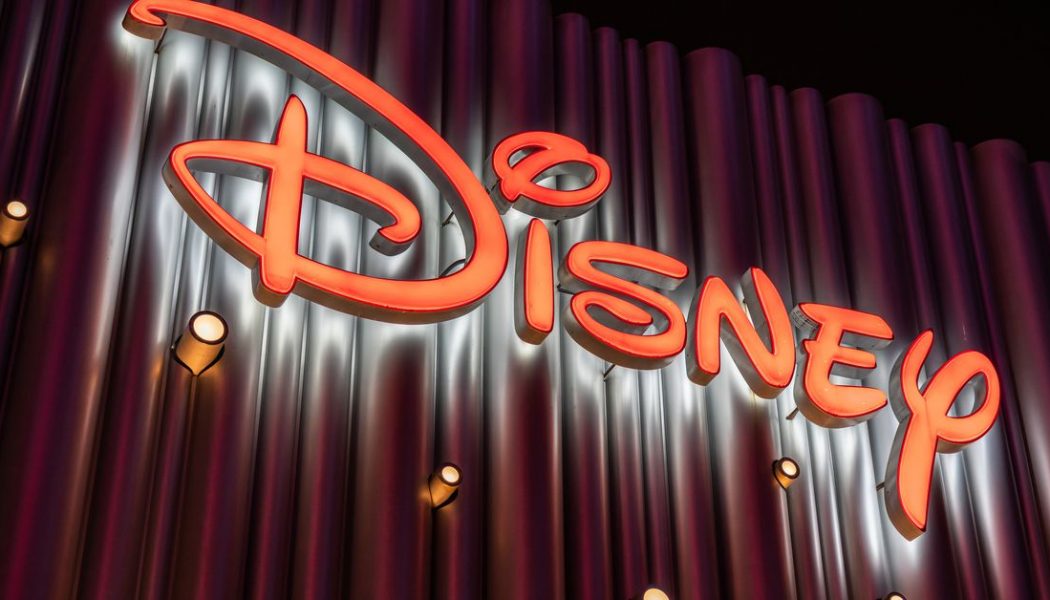
Disney was at the top of the world at the end of 2019: a record-breaking year at the box office, the launch of Disney Plus, and a release of the biggest movie in history. Now, just five months into 2020, Disney is in for a bumpy ride.
“While the COVID-19 pandemic has had an appreciable financial impact on a number of our businesses, we are confident in our ability to withstand this disruption and emerge from it in a strong position,” CEO Bob Chapek said in a press release. “Disney has repeatedly shown that it is exceptionally resilient, bolstered by the quality of our storytelling and the strong affinity consumers have for our brands, which is evident in the extraordinary response to Disney Plus since its launch last November.”
Disney generated a higher revenue than expected, coming in at $18 billion versus the $17.6 billion expected, but its earnings per share came in under what Wall Street predicted, hitting $.60 compared to its expectation of $.89. Most of the losses came from Disney’s parks and cruises division, and studios division. Disney’s report estimates that COVID-19’s affect on Parks’ operating income was “approximately $1.0 billion primarily due to revenue lost as a result of the closures.” Studios meanwhile saw revenue for the quarter increase 18 percent to $2.5 billion, but segment operating income decreased 8 percent to $466 million. Disney’s earnings report specifically notes that “theatrical distribution in the quarter was negatively impacted by COVID-19.”
“In total, we estimate that the COVID-19 impacts on our current quarter income from continuing operations before income taxes across all of our businesses was as much as $1.4 billion,” the report reads. Nearly $1 billion of that is estimated to come from its Parks division.
Disney’s parks in China and Japan were affected early on in the COVID-19 pandemic, with shutdowns that impacted the company’s revenue over the last few months. Disney’s parks around the world, including its two in the United States — Disney World in Florida and Disneyland in California — were shut down later, and its cruise division also stopped running in mid-March because of the virus.
It’s a tough time for Disney, everyone can agree, but the fact that Disney is still Disney gives analysts some optimism. Cowen Inc. researchers Doug Creutz and Stephen Glagola believe “the market will treat [Disney] as a relative ‘safe haven’ asset due to its high quality IP,” according to a recent note.
One Disney division in particular is predicted to continue growing and producing revenue: Disney Plus. The company’s streaming service reached an impressive 50 million subscribers in April (thanks in part to Disney’s acquisition of HotStar in India, which gave the company an additional 8 million Disney Plus subscribers when the platform rolled out), and continues to grow. Revenue for the quarter increased from $1.1 billion to $4.1 billion, according to the report, but this is the second full quarter that Disney Plus has existed in.
To give the growth some additional context, Disney estimated that by 2024, the service would have between 60 and 90 million subscribers. It could hit 60 million before the end of the year, putting Disney four years ahead of schedule. Prior to the pandemic, Disney estimated that Disney Plus would become a profitable business by fiscal 2024. Disney’s other streaming service, Hulu, now has 32 million subscribers including both customers who subscribe to Hulu’s regular streaming service and those with the live TV add on.
“I’ve never seen such a good execution of the incumbent learning the new way and mastering it,” Netflix CEO Reed Hastings said of Disney in his own company’s recent earnings call. “To see both the execution and the numbers line up, my hat’s off to them. Great execution, clarity around brand and focus really makes a difference.”
The bigger question about Disney Plus’ subscriber base is how many people will stick around later in the year. Customers who signed up for one year of Disney Plus in November (either through Disney or via partnerships like Verizon) will see their subscriptions up for renewal at the end of the year. If Disney doesn’t have great content for people to keep watching come November, it could have problems maintaining that large number.
Michael Nathanson, a senior analyst with MoffettNathanson, questioned “whether Disney+ will see elevated levels of churn as some of the earlier U.S. promotions and discounts start to roll off,” in a recent note. That’s in the United States, though; internationally, Disney Plus is continuing to launch. Nathanson called the international launch phases “definitely promising,” adding that “if the momentum continues our [subscriber] forecast will likely end up too low.”
One of the problems Disney Plus faces is a delay to Disney’s biggest theatrical releases. New movies come in from its theatrical side after they’ve finished playing in theaters, but many of those releases have been pushed. Disney is moving some of its movies to Disney Plus exclusives; Artemis Fowl will be available to stream exclusively on Disney Plus, while Onward, Star Wars: The Rise of Skywalker, and Frozen 2 all landed on Disney Plus earlier than expected because of the pandemic. Other movies, however, will face lengthy delays. Disney’s biggest movies — including Black Widow and Mulan — are delayed until they can have theatrical releases.
“Disney Plus is really more of the SVOD outlet for Disney feature films (like HBO or Showtime) rather than the focal point of the entire company’s content creation,” analyst Rich Greenfield wrote in a note about Disney’s business.
Disney’s studios division is in a state of nearly month-to-month flux. Mulan and Black Widow are schedule to open in July and November, respectively, but that could change if theatrical attendance isn’t where Disney needs it to be once states start allowing theaters to reopen.
Part of the reason that Disney felt safe investing in brand-new ventures like Disney Plus is because its parks division, once a boring but consistently lucrative part of Disney’s business, was bringing in an average $20 billion a year in revenue. With parks shut down, that revenue has come to a halt, posing other problems for the company. Even if theme parks open again, it might be some time until people feel comfortable heading out to large public spaces.
“Everything is going to be bad for Disney,” Eric Haggstrom, an analyst who looks at the video landscape and Disney, told The Verge. “It’s going to be bad for a while … Once they can get [parks] restarted, you will see a bit of a spike because of pent up demand, but that’s a year to 18 months away.”
Nathanson suspects that parks won’t see a major rebound until 2022. The parks division isn’t just reliant on accessibility but consumer behavior. It’s the one area that Disney can’t predict, and a facet that Disney warned shareholders about in an 8-K published in March, writing that businesses could be impacted heavily “should the disruptions from COVID-19 lead to changes in consumer behavior.” Bottom line: Disney’s Parks business will come back, but it’s not going to bounce back overnight.
“As a result of COVID-19, we closed our domestic parks and resorts, cruise line business and Disneyland Paris in mid-March, while our Asia parks and resorts were closed earlier in the quarter,” the report reads. “As a result, volumes were negatively impacted in the quarter. We estimate the total impact of COVID-19 on segment operating income in the quarter was approximately $1 billion.”









